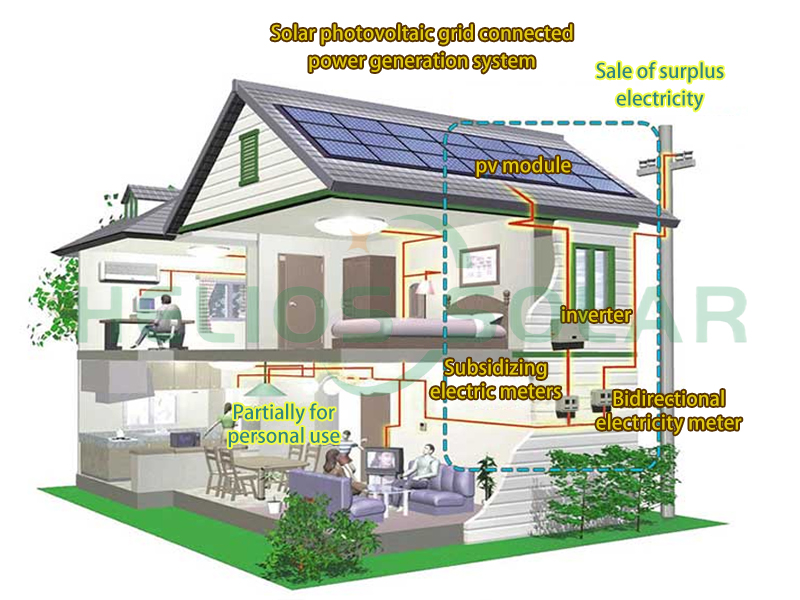Off-grid solar systems for homes are becoming increasingly popular as people seek to reduce their reliance on traditional energy sources and embrace sustainable living. These systems provide a way to independently generate and store electricity without being connected to the main grid. However, configuring an off-grid solar system for home requires careful planning and consideration of various factors to ensure optimal performance and reliability. In this article, we’ll discuss guidelines for configuring a home off-grid solar system, including key components and considerations for designing an efficient system.
1. Assess energy needs:
The first step in configuring an off-grid solar system for home is to assess your home’s energy needs. This involves determining average daily energy consumption, as well as identifying peak usage times and any specific energy-intensive appliances or equipment. By understanding the energy needs, a solar system can be appropriately sized to meet the needs of the home.
2. Solar panel size:
Once the energy needs are determined, the next step is to calculate the required solar panel capacity. This involves considering factors such as the location of the home, available sunlight, and the angle and orientation of the solar panels. Taking into account the seasonal changes in sunlight, it is necessary to ensure that the size of the solar panel array can capture enough sunlight to produce the required power.
3. Battery storage:
One of the key components of an off-grid solar system is the battery storage system. This stores excess energy generated during the day for use when sunlight is low or at night. When configuring a battery energy storage system, battery capacity, voltage, and depth of discharge need to be considered to ensure that the system can meet the energy storage needs of the home.
4. Inverter selection:
Inverters are essential for converting direct current (DC) electricity produced by solar panels into alternating current (AC) electricity that can be used to power home appliances. When choosing an inverter for an off-grid solar system, it is important to choose one that is compatible with the solar panel array and battery storage system. Additionally, the inverter should be able to handle the peak power needs of the home.
5. Backup generator:
In some off-grid solar systems, a backup generator may be included to provide additional power in the event of prolonged periods of insufficient sunlight or unexpected system failure. When configuring a backup generator, it is important to consider fuel type, capacity, and auto-start capabilities to ensure reliable backup power when needed.
6. System monitoring:
Configuring an off-grid solar system for home also involves implementing systems for monitoring and controlling system performance. This may include installing energy meters, charge controllers and monitoring software to track energy production, battery status and overall system efficiency.
7. Compliance and security:
When configuring an off-grid solar system for home, you must ensure that you comply with local regulations and safety standards. This may involve obtaining permits, complying with building codes, and working with qualified professionals to install and commission the system safely and efficiently.
In summary, configuring an off-grid solar system for home requires careful planning and consideration of various factors to ensure optimal performance and reliability. Homeowners can design an efficient and effective off-grid solar system by assessing energy needs, sizing solar panels, selecting battery storage and inverters, considering backup options, implementing monitoring and control systems, and ensuring compliance and safety to meet its energy needs. With the right configuration, off-grid solar systems can provide homes with a sustainable and reliable alternative to traditional grid-tied power.
Post time: Aug-23-2024


